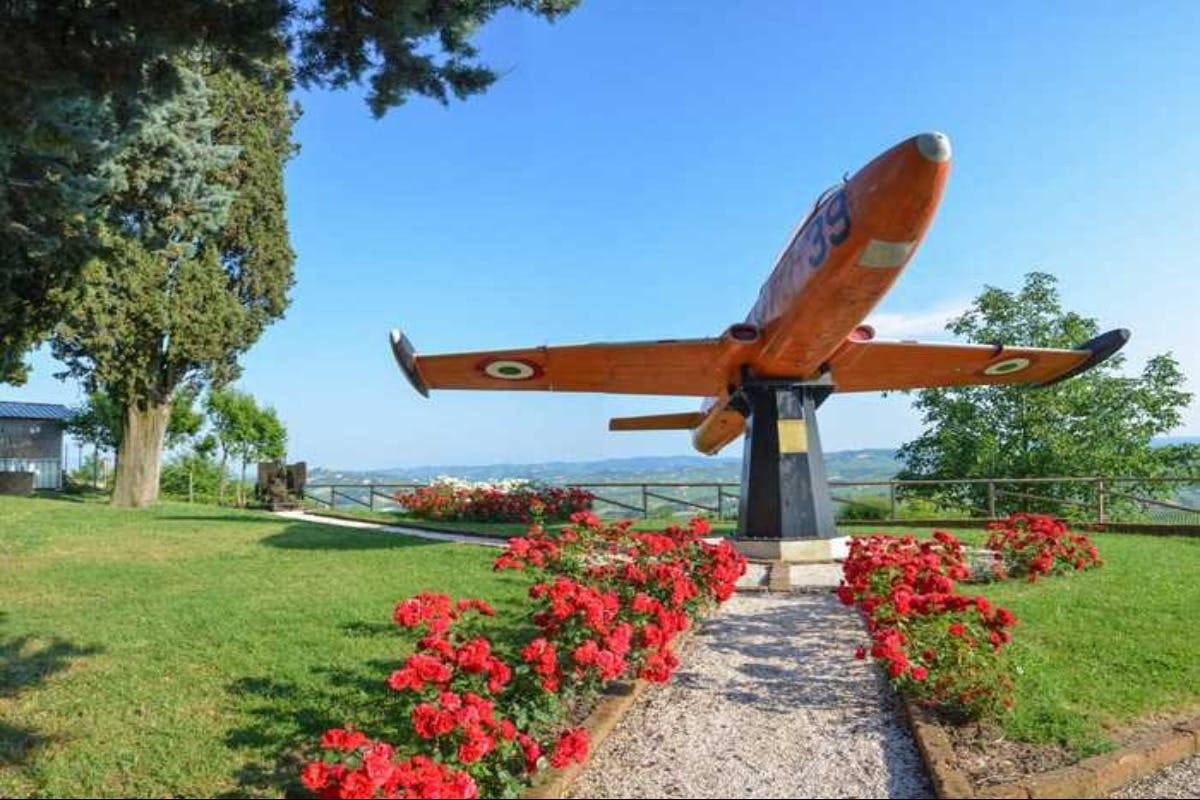Costigliole d'Asti - Loreto
The history of the ancient destroyed countryside

Loreto, which owes its name to the ancient proximity to a forest of laurel, has origins as ancient as glorious, dating back to the epoch of Roman empire when it was a municipality and housed a prefecture. In 967 the valiant Aleramo, who distinguished himself in the struggles against the Saracens, was proclaimed count and invested with the fief of Loreto and of the whole territory between the rivers Tanaro and Bormida and the seashore. With him started to exist the numerous fiefs of Piedmont and Liguria, which then passed to his descendants after his death in 990.
In 1027, these places belonged to the marquis Tettone, who first established the headquarter of his extensive Countryside in Loreto; later, their control passed to his son Boniface who, further expanding his dominion, became one of the most powerful lords of Piedmont. Right in the castle of Loreto, in 1125 Boniface issued his public testament, thanks to which today we are aware of the originary grandiose extension of the ancient Countryside, bordered by Tanaro and Belbo rivers, the marquisate of Incisa and the republic of Asti.
The importance of Loreto diminished after Boniface’s death in 1134. The bad management of the paternal possessions by the sons led the Countryside to decadence, until it ended in the hands of the then powerful republic of Asti. In 1255, Asti troops invaded and destroyed Loreto: the walls and the defensive towers of the castle were destroyed, the houses were burnt. Today, in fact, nothing remains of ancient Loreto.